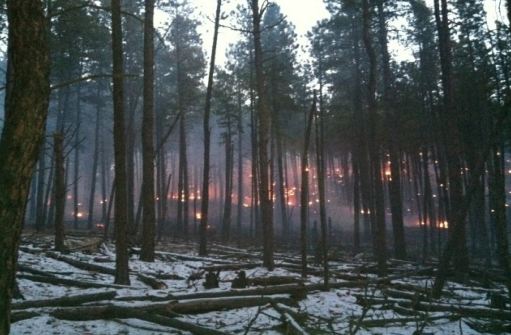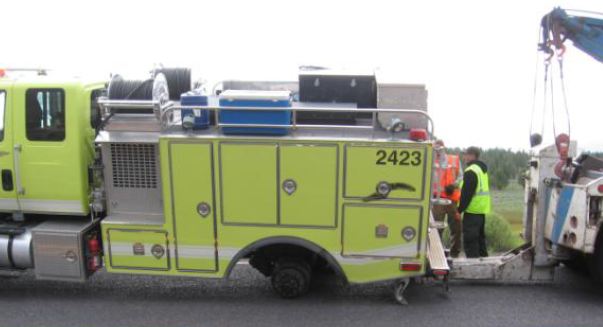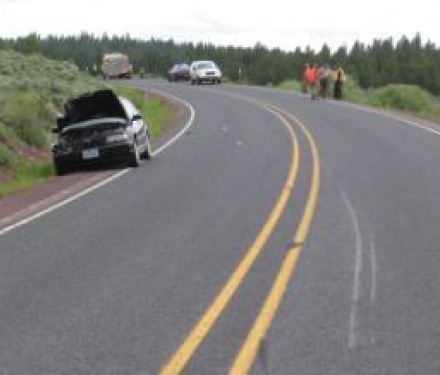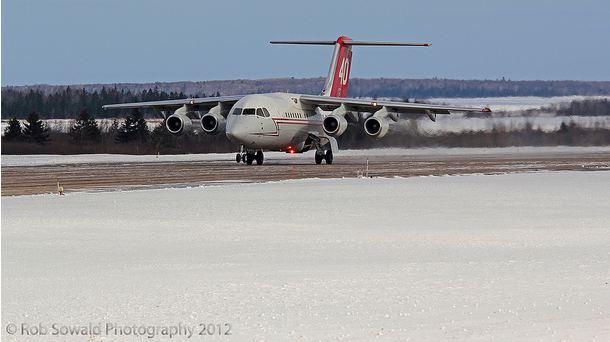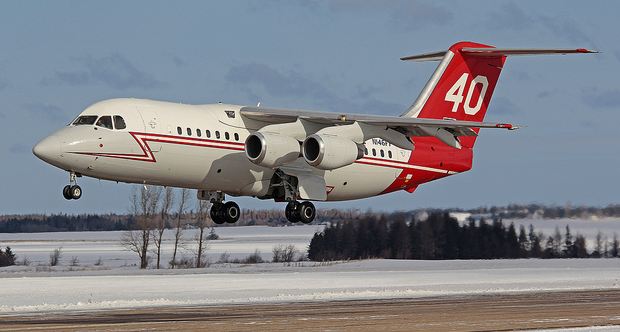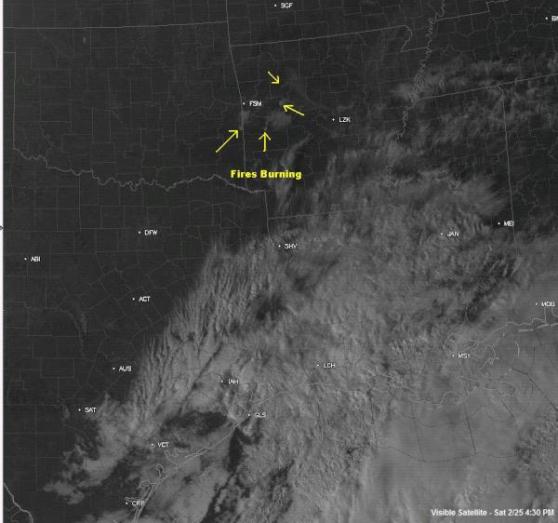The Wildland Fire Lessons Learned Center has posted reports from three recent incidents: an escaped prescribed fire that burned private land, an injury caused by an air tanker drop, and wheels that loosened and fell off an engine, hitting a passenger car. We commend the folks involved in these incidents, sharing their experiences so that others may learn.
Here are summaries of the three reports:
Escaped fire from pile burning on Black Hills National Forest
On January 13, 2012 during pile burning operations on the Black Hills National Forest 10 miles west of Rapid City, South Dakota, 9-15 mph winds gusting at 23-37 mph contributed to the fire escaping from the piles and burning onto private land. After driving to a USFS facility to obtain fire tools, the three firefighters on scene fought the fire for two hours before notifying the zone fire management officer.
Here is the executive summary from the report:
On January 13, 2012, fire personnel from Northern Hills Ranger District of the Black Hills National Forest ignited approximately 150 hand piles within the Forest Health Unit 1 fuel break. As the three-person burn team completed ignition around noon, the relative humidity dropped rapidly while brisk westerly winds developed. The combined effect of the pre-heating from the burning piles and the drying wind quickly evaporated the two inches of snow covering the heavy fuels immediately upslope from the burning piles. As the fire began to spread by means of spotting from log-to-log, the burn team worked diligently to contain the spots. Buffeted by wind gusts in excess of 35 mph during the afternoon and evening, the fire burned approximately 3.5 acres of private property.
During the escape, the affected landowner became dissatisfied by a perceived lack of regard shown by the Forest Service and shared his frustrations via telephone with the Acting District Ranger who, in turn, advised the off-duty Zone FMO that the fire had burned onto private property. Additional resources arrived on scene. The Forest Health Prescribed Fire was declared a wildfire, and became known as the Picnic Fire. Command transferred from the RXB3 to an ICT4, and the Picnic Fire was declared contained the following day. No structures or improvements were damaged by the fire.
Wheels come off BLM engine and hit passenger car
The crew of a Bureau of Land Management engine removed, painted, and re-installed the wheels of their engine in preparation for a 4th of July parade. The following day they experienced a problem.
Here is an excerpt from the Introduction section of the report:
On Wednesday June 29, 2011, E-423, a Type-4 wildland fire engine was travelling south on US-395 returning to the Burns Interagency Fire Station in Hines, Oregon after visiting a recently controlled fire incident. In route to the station, the rear driver’s side dual lug nuts loosened and fell off causing the wheels to separate from the vehicle. One of the free wheels from the engine traveled into the opposing lane of traffic and struck a passing motorist causing damage to the frontend of the passenger side of the vehicle. E-423 came to rest on the left rear hub and sustained damage to the brake/hub assembly and surface damage to the rear body box. No serious injuries were sustained as a result of the incident.
Firefighter injured by air tanker drop
This is the complete narrative section of the report:
On January 13, 2012, units from CAL FIRE Riverside Unit/Riverside County Fire Department were dispatched to a vegetation fire in the Cherry Valley area near Oak Glen Rd. and Apple Tree Ln. The fire occurred mid-slope on a very steep hillside. The engine company had been assigned to determine if there was a good location to access the fire and start a hose lay. A Helitack Fire Captain was acting as a lookout and notified all personnel operating in the area that airtankers were about to make air drops. Communication was established both face to face and over the radio. A Fire Apparatus Engineer assigned to an engine was approximately 50’-60’ downhill from the ridgeline near the flank of the fire. The FAE acknowledged the notification of incoming air drops. An air tanker then came over the ridge and began its drop run . The FAE saw the air tanker at the last second and discarded his tool but was unable to get into the proper safety position for the drop. He was struck by the drop causing him to roll approximately 50’-60’ feet down the steep slope.
The FAE was immediately attended to by onscene personnel. The FAE was able to walk to the ridge with assistance and then transported by Copter 301 to a helispot where a private ambulance was waiting. The ambulance transported the FAE to a local trauma center for evaluation. The FAE was evaluated and released within a few hours with minor injuries.


